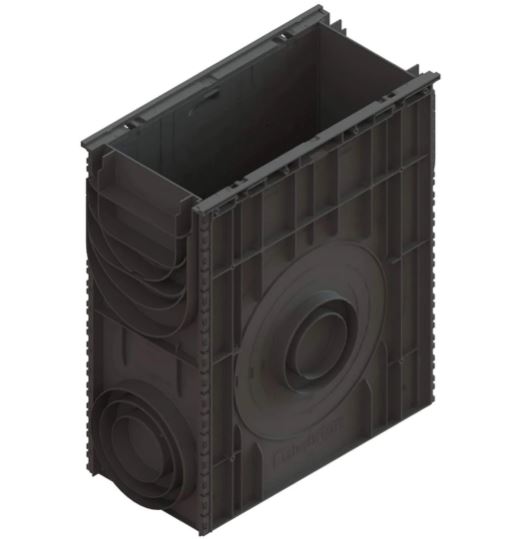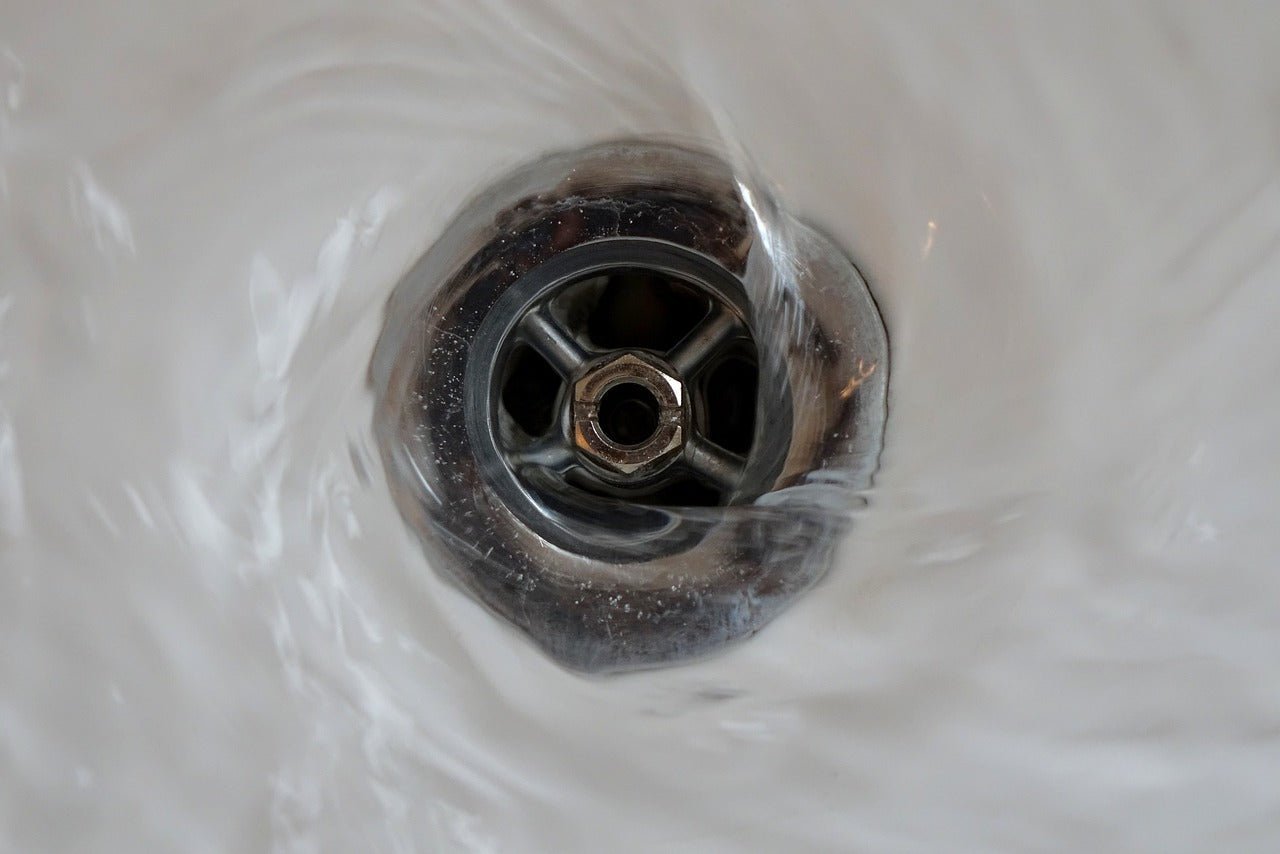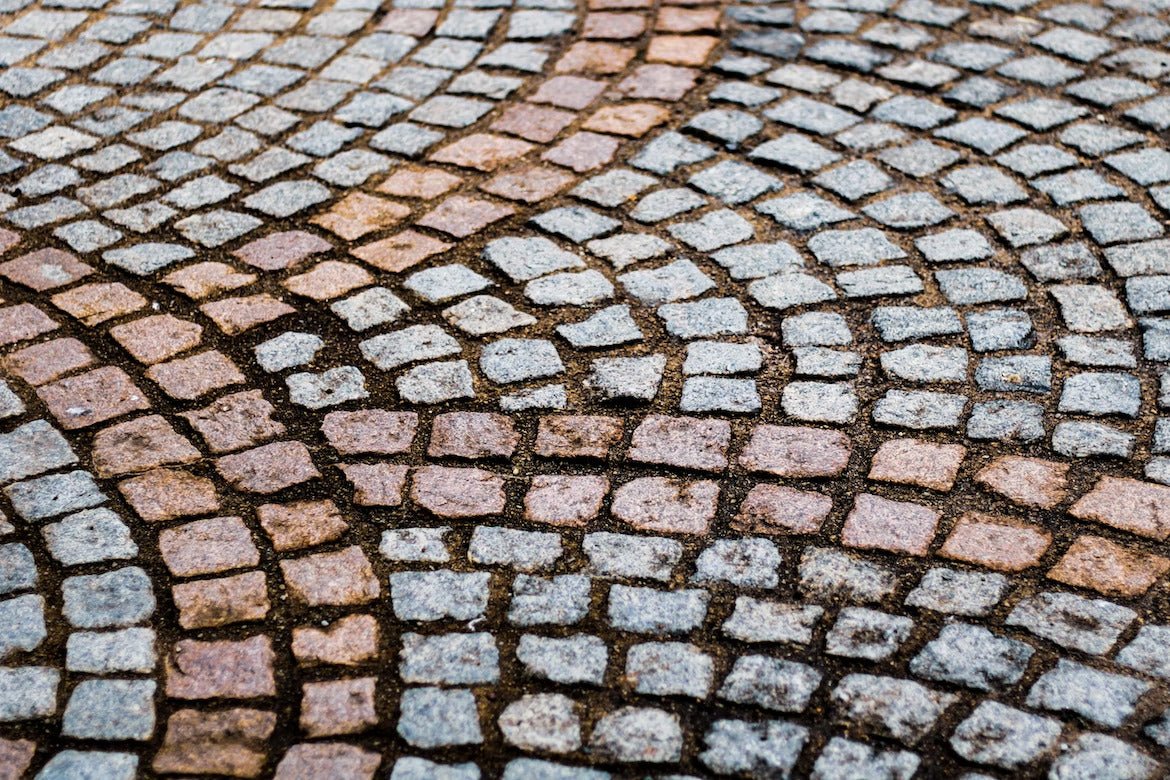Trench drains have become increasingly popular in recent years as an effective solution for managing water in various settings, including parking lots, industrial sites, and food processing plants. These drains are different to the traditional floor drain as they are wider and typically longer, allowing for a larger surface area to capture water.
As a leading drainage solution manufacturer, we get a lot of questions about how our products should be installed to maximize their effectiveness. A question we get often is “do trench drains need traps?” If so, what kind of traps should be used? In this article, we will explore the use of traps in trench drains and their importance in plumbing systems.
Understanding Trench Drains
Before we delve into the role of traps in trench drains, let's first understand what they are and how they function. A trench drain is a long, narrow channel that is typically installed in the floor of a building or outdoors. The channel is covered with a grate or a metal plate, allowing water to flow through the grate or plate and into the channel. The channel then directs the water to a specific location, such as a storm drain, sewer system, or a collection basin.
Trench drains differ from traditional floor drains in several ways. For instance, floor drains are typically round and smaller in size, with a capacity to drain smaller amounts of water. Trench drains, on the other hand, are designed to capture larger amounts of water and typically have a larger surface area. Furthermore, trench drains are often used in areas where there is a higher volume of water flow, such as in industrial settings or parking lots.
The Role of Traps in Plumbing Systems
Now that we have a basic understanding of trench drains, let's discuss the importance of traps in plumbing systems. A trap is a plumbing component that prevents sewer gasses from entering a building while still allowing water to flow freely. Traps are typically used in plumbing systems for kitchen or bathroom sinks, as well as in floor drains.
There are several types of traps commonly used in plumbing systems, including p-traps, s-traps, drum traps, and bell traps. The most common trap used in plumbing systems is the p-trap. This type of trap is shaped like a "P" and is designed to retain a small amount of water after the plumbing fixture has been used. This water creates a seal that prevents sewer gas from entering the building.
Trench Drains Without Traps: When is it Appropriate?
In some situations, it may be appropriate to use trench drains without traps. For instance, in outdoor areas or industrial settings where they function as storm drains, draining large amounts of water in the open air. Sand traps can be also used in trench drains to prevent debris from entering the drainage system, which can be an effective alternative to using p-traps.
Trench Drains with Traps: When is it Necessary?
As a general rule, any trench drain that is installed in doors should be attached to some form of trap. This applies to industrial buildings, food processing plants, certain commercial kitchens and more. The reason for this is that the piping connected to indoor trench drains is linked to the sanitary sewer system, which poses a risk of sewer gasses seeping back into the building, creating a health hazard.
While p-traps will be the most widely used type of trap for indoor trench drains, it is important to note that the certain application may call for a different type of trap. For instance, in food processing plants, a grease trap may be necessary to prevent fats, oils, and grease from entering the sewer system and causing blockages.
Maintenance of Trench Drain Systems
Whether or not a trench drain system uses traps, it is essential that it is maintained properly to prevent blockages, backups, and failures in the plumbing system. Regular cleaning and inspection of the trench drain system can help identify any issues and prevent them from escalating.
Vodaland USA - Quality Solutions For Any Project
While the use of traps in trench drains may not always be necessary, they are an important component of plumbing systems in many settings. Traps can prevent sewer gases from entering the building and causing health hazards, as well as prevent blockages and backups in the plumbing system. However, it is important to consider the specific application and volume of water flow when deciding whether or not to use traps in a trench drain system. Proper maintenance of the trench drain system is also essential to ensure its effectiveness in preventing issues in the plumbing system.
Whether you choose to use traps in your trench drain system or not, it is important to use quality drainage products and materials. At Vodaland USA, we pride ourselves on offering our customers effective products that ensure their properties and spaces are safe, effective and aesthetically pleasing, regardless of the application. If you need help finding the right solution for your project, please do not hesitate to contact us. We’re always happy to help!


Leave a comment
This site is protected by hCaptcha and the hCaptcha Privacy Policy and Terms of Service apply.